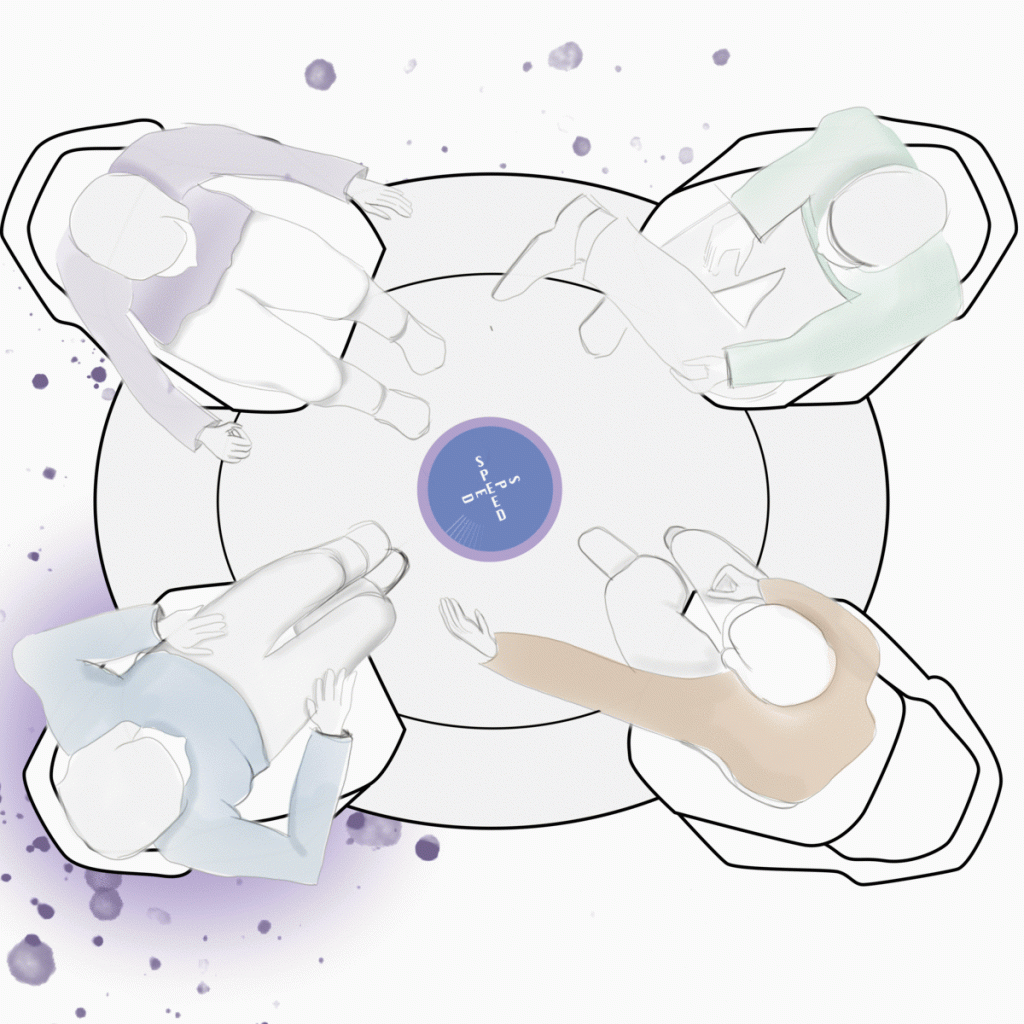A toolkit for stimulating interaction amongst passengers of autonomous vehicles, applied in a design for the autonomous floating Seabubble.

A futuristic research and design project in which the different experiences of travellers in shared autonomous vehicles have been explored by means of testing with low fidelity prototypes. It resulted into a design for travellers sailing the new mobility concept Seabubble, an autonomous floating water pod, but the project also delivered a set of design criteria that are applicable to other shared autonomous passenger experiences. The low-fidelity prototype testing showed that a certain amount of (cooperative) control provides a motivation for passenger to undertake interaction. The designed concept facilitates interaction by requiring passengers to cooperate, since the amount of control on the sailing speed depends on the amount of collaboration.
| University | Delft University of Technology Faculty of Industrial Design Engineering |
| Project type | graduation project |
| Student | Ilse van Zeumeren |